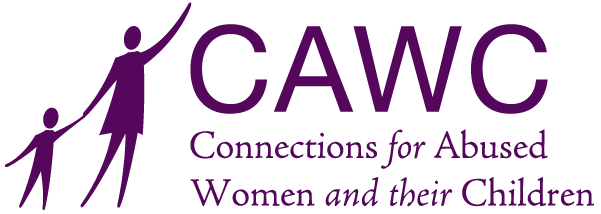Leaving an abuser is a major step toward re-establishing your well-being, and you’ve already shown a great deal of courage in doing so. You’ll still need to protect yourself and give yourself time to reclaim your life, however. Start by making a plan to help yourself and your children recover. Here are some key things to include in your checklist of what to do after leaving an abusive relationship.
How To Protect Yourself After Leaving an Abusive Relationship
First and foremost, continue to plan for your physical safety and that of your children. Although it may sound counterintuitive, the period following the end of an abusive relationship is the most dangerous. Once you’ve left your abuser, consider taking the following safety precautions:
- • Communicate your safety needs to key parties. Ensure that your banks, credit card companies, utility companies, medical providers, employer, family members, your children’s school administrators, and similar parties will not give your abuser information about you.
- • Make safety plans for various scenarios. Decide where you’ll go and what you’ll do if your abuser follows you while driving (such as going to a safe public space). Teach your children what to do if they are approached or taken by your abuser, such as calling 911, family, or friends.
- • Document any troubling abuser behavior. Keep a journal of any attempts your abuser makes to contact, threaten, or come in close proximity to you or your children. Tell your children to notify you if they are approached by your abuser.
How To Begin Recovering From an Abusive Relationship
In addition to taking physical safety precautions, give yourself and your children healthy ways to psychologically recover from the ordeal. Here are some steps you can take to support your mental health during this process:
- • Allow yourself to process your emotions. You or your children may experience adverse emotions and psychological states at first, such as anxiety, depression, problems sleeping, jumpiness, or numbness. Give yourself time to work through these in healthy ways, such as talking, journalling, exercising, painting, and seeking other expressive outlets.
- • Take small steps toward a normal lifestyle. Reconnect with the people and activities you loved before your abusive relationship. Be sure to do this at your own pace to avoid overwhelming yourself or your children. Remember that there are resources for people in your situation, people who care about your welfare, and things that can bring you peace and joy. Seek them out!
Reclaim Your Well-Being With Connections for Abused Women
At Connections for Abused Women and Their Children (CAWC), we believe that everyone has a right to a life free of violence. Our mission to end domestic violence is rooted in education, service, and advocacy. In addition to working toward broader social change, we provide empowerment-based and trauma-informed support in the form of shelter, counseling, and advocacy to individuals affected by domestic violence and their children. If you or someone you know is struggling with domestic violence, don’t hesitate to call our 24-hour hotline at (773) 278-4566.
